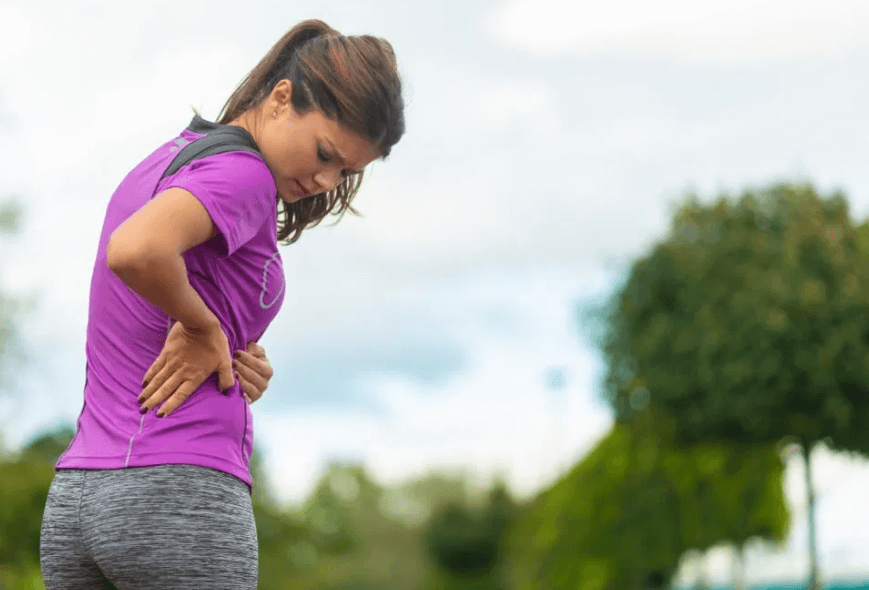The Only Guide to The 5 Types of Back Pain - Cornerstone Physiotherapy


How To Fix Low Back Pain - Low Back Pain Relief - Super Sister Fitness
More About 10 Best Exercises to Relieve Lower Back Pain - Penrose

Overview What is lower neck and back pain? Low neck and back pain can result from several injuries, conditions or diseases frequently, an injury to muscles or tendons in the back. Check Here For More can range from moderate to extreme. Sometimes, pain can make it tough or impossible to stroll, sleep, work or do daily activities.
Cortisone injections and hands-on treatments (like osteopathic or chiropractic control) can relieve pain and assist the healing process. Some back injuries and conditions need surgical repair work. How typical is lower pain in the back? Around four out of 5 individuals have lower back pain at some point in their lives. It's one of the most typical reasons people visit doctor.
Risk factors for lower back pain include: People over 30 have more neck and back pain. Disks (soft, rubbery tissue that cushions the bones in the spinal column) use away with age. As the disks damage and wear down, discomfort and stiffness can result. People who are obese or carry extra weight are most likely to have neck and back pain.

Low Back Pain in Multiple Sclerosis: Causes and Treatments
Compromised stomach muscles can't support the spine, which can lead to back stress and sprains. People who smoke, drink alcohol exceedingly or live a sedentary way of life have a greater danger of back discomfort. Jobs and activities that need heavy lifting or bending can increase the risk of a back injury.
Not known Details About Low Back Pain: Exercises to Reduce Pain - CS Mott Children's
Individuals who have a family history of osteoarthritis, particular kinds of cancer and other disease have a higher danger of low neck and back pain. Pain in the back can arise from depression and anxiety. Signs and Causes What are the symptoms of lower neck and back pain? Symptoms of lower pain in the back can come on all of a sudden or appear slowly.
Other times, you might not know what triggered the pain. Pain might be sharp or dull and achy, and it might radiate to your bottom or down the back of your legs (sciatica). If you strain your back during an activity, you might hear a "pop" when it took place. Pain is often even worse in certain positions (like bending over) and improves when you lie down.
